Sawradip Saha
Npix2Cpix: A GAN-based Image-to-Image Translation Network with Retrieval-Classification Integration for Watermark Retrieval from Historical Document Images
Jun 05, 2024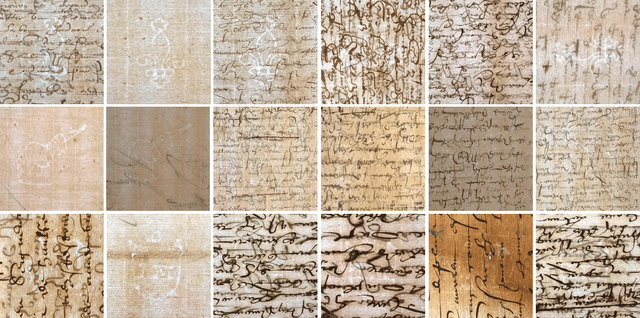
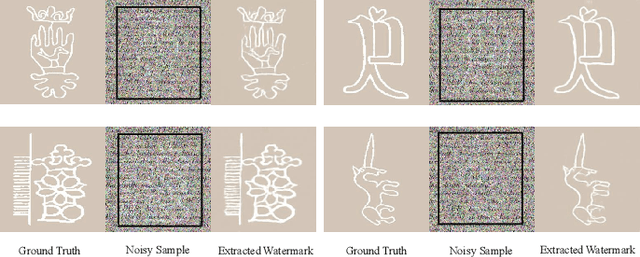

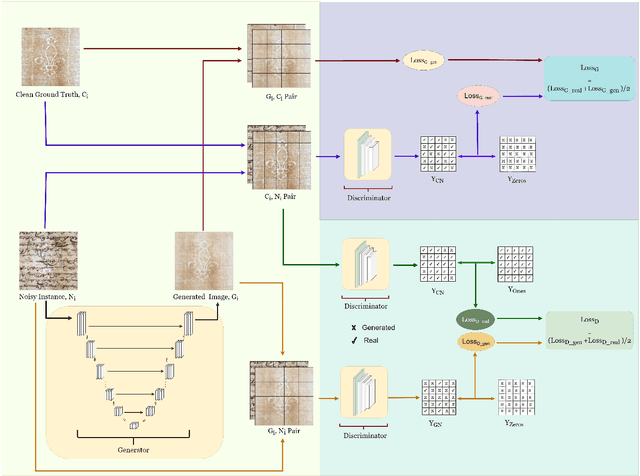
Abstract:The identification and restoration of ancient watermarks have long been a major topic in codicology and history. Classifying historical documents based on watermarks can be difficult due to the diversity of watermarks, crowded and noisy samples, multiple modes of representation, and minor distinctions between classes and intra-class changes. This paper proposes a U-net-based conditional generative adversarial network (GAN) to translate noisy raw historical watermarked images into clean, handwriting-free images with just watermarks. Considering its ability to perform image translation from degraded (noisy) pixels to clean pixels, the proposed network is termed as Npix2Cpix. Instead of employing directly degraded watermarked images, the proposed network uses image-to-image translation using adversarial learning to create clutter and handwriting-free images for restoring and categorizing the watermarks for the first time. In order to learn the mapping from input noisy image to output clean image, the generator and discriminator of the proposed U-net-based GAN are trained using two separate loss functions, each of which is based on the distance between images. After using the proposed GAN to pre-process noisy watermarked images, Siamese-based one-shot learning is used to classify watermarks. According to experimental results on a large-scale historical watermark dataset, extracting watermarks from tainted images can result in high one-shot classification accuracy. The qualitative and quantitative evaluation of the retrieved watermarks illustrates the effectiveness of the proposed approach.
Decoding Human Activities: Analyzing Wearable Accelerometer and Gyroscope Data for Activity Recognition
Oct 03, 2023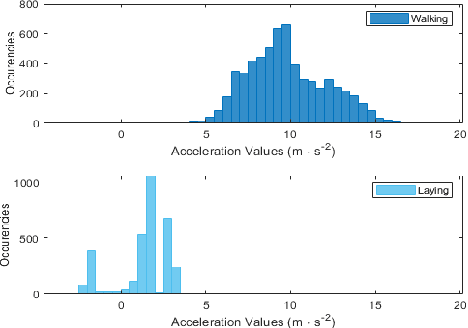
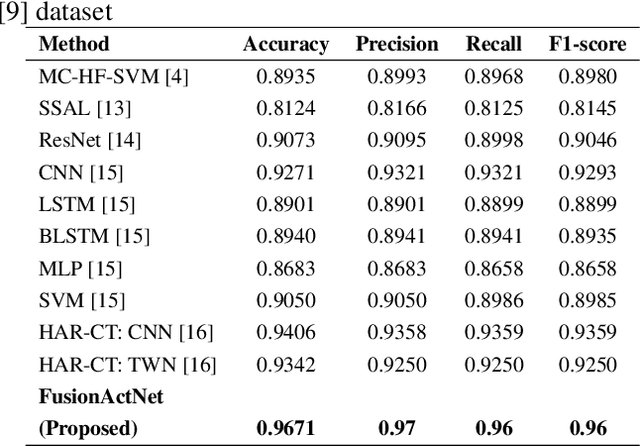
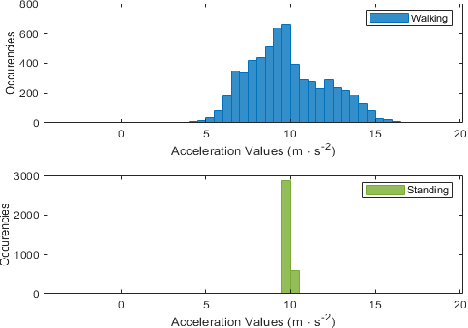
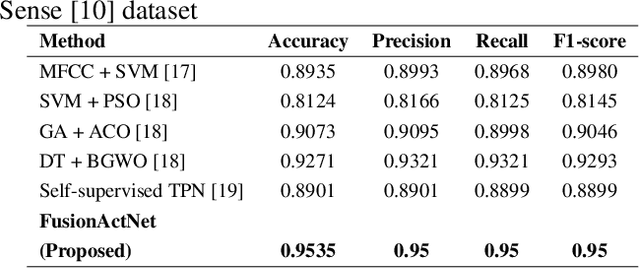
Abstract:A person's movement or relative positioning effectively generates raw electrical signals that can be read by computing machines to apply various manipulative techniques for the classification of different human activities. In this paper, a stratified multi-structural approach based on a Residual network ensembled with Residual MobileNet is proposed, termed as FusionActNet. The proposed method involves using carefully designed Residual blocks for classifying the static and dynamic activities separately because they have clear and distinct characteristics that set them apart. These networks are trained independently, resulting in two specialized and highly accurate models. These models excel at recognizing activities within a specific superclass by taking advantage of the unique algorithmic benefits of architectural adjustments. Afterward, these two ResNets are passed through a weighted ensemble-based Residual MobileNet. Subsequently, this ensemble proficiently discriminates between a specific static and a specific dynamic activity, which were previously identified based on their distinct feature characteristics in the earlier stage. The proposed model is evaluated using two publicly accessible datasets; namely, UCI HAR and Motion-Sense. Therein, it successfully handled the highly confusing cases of data overlap. Therefore, the proposed approach achieves a state-of-the-art accuracy of 96.71% and 95.35% in the UCI HAR and Motion-Sense datasets respectively.
 Add to Chrome
Add to Chrome Add to Firefox
Add to Firefox Add to Edge
Add to Edge